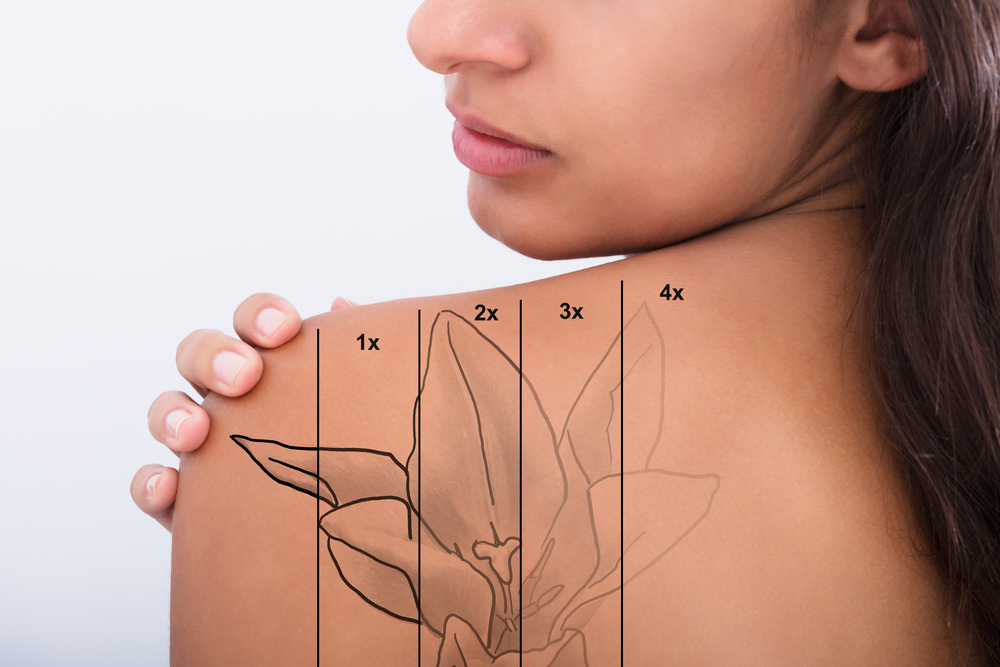

We use Medical Grade Lasers to safely target your unwanted tattoo with ultra-short pulses of amplified light.
These pulses of light are attracted to the pigment in your Tattoo which then breaks up and shatters the ink in your tattoo. These ink particles are then broken into tiny fragments which are engulfed by the body’s immune cells and eliminated through the bodies waste pathways. Ink particles are safely and naturally flushed out of your system causing the ink to disappear.
Medical Grade Lasers targets your unwanted tattoo with ultra-short pulses of amplified light.These pulses of light are attracted to the pigment in your tattoo which then breaks up and shatters the ink in your tattoo. These ink particles are then broken into tiny fragments which are engulfed by the body’s immune cells and eliminated through the bodies waste pathways. Ink particles are safely and naturally flushed out of your system causing the ink to disappear.
There are many different factors, including age of the tattoo, location, size, and type of ink/colours used, that determine the total number of treatments required for complete removal. The high-end Q-switched laser used at M A Skin and Hair Superspeciality Clinic can often clear tattoos in about 4 to 6 treatments, 4 to 6 weeks apart. Keep in mind that every person and tattoo is unique and some might require more while others require less.
In most cases we are able to completely remove the tattoo. However, there is a chance that a tiny amount of pigment may be left in the skin (commonly calledghosting). Resurfacing laser treatments can be used to further improve the appearance of the skin.
Most people will notice a degree of lightening after their first treatment. However, it is not uncommon for tattoos to appear darker immediately after the treatment and begin to fade 14-21 days later.
Yes, depending on the tattoo it may be possible to isolate and remove a specific portion rather than the full tattoo.
While each person tolerates pain differently, most patients say they experience mild/moderate discomfort similar to having their skin snapped with a rubber band. There is usually no pain or discomfort once the treatment is finished. We use different ways to mitigate pain such as topical numbing, injectable lidocaine, and cold air.
